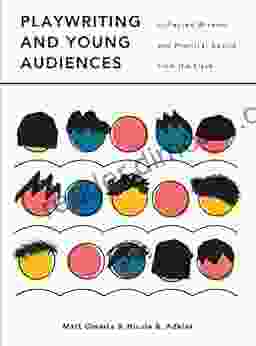The Essential Guide to Theatre in Education

Collected Wisdom and Practical Advice from the Field
Theatre in Education (TIE) is a powerful tool for teaching and learning. It can be used to engage students in a variety of subjects, from history and social studies to science and math. TIE can also help students develop important life skills, such as communication, teamwork, and problem-solving.
5 out of 5
| Language | : | English |
| File size | : | 838 KB |
| Text-to-Speech | : | Enabled |
| Screen Reader | : | Supported |
| Enhanced typesetting | : | Enabled |
| Word Wise | : | Enabled |
| Print length | : | 218 pages |
This comprehensive guide to TIE offers invaluable insights and practical advice from leading practitioners in the field. Covering a wide range of topics, from developing TIE programs to working with diverse audiences, this book is an essential resource for anyone interested in using theatre as a tool for education and social change.
What is Theatre in Education?
TIE is a type of applied theatre that uses theatre techniques to teach and engage students. TIE programs can be found in schools, community centers, and other settings. They may be short-term or long-term, and they may focus on a specific subject or theme.
There are many different approaches to TIE. Some programs use traditional theatre techniques, such as plays and improvisation, while others use more innovative approaches, such as storytelling and interactive performances. The best approach for a particular TIE program will depend on the age and needs of the students involved.
Benefits of Theatre in Education
TIE offers a number of benefits for students, including:
- Improved academic achievement
- Enhanced critical thinking skills
- Increased creativity
- Improved communication skills
- Developed teamwork skills
- Problem-solving skills
- Social and emotional development
TIE can also be used to address a variety of social issues, such as bullying, racism, and poverty. By creating safe and supportive spaces for students to explore these issues, TIE can help them to develop empathy and understanding.
Developing a Theatre in Education Program
If you are interested in starting a TIE program, there are a few things you should keep in mind.
- Define your goals. What do you hope to achieve with your TIE program? Are you interested in improving academic achievement, developing life skills, or addressing a particular social issue?
- Identify your audience. Who will be participating in your TIE program? What are their ages, interests, and needs?
- Choose a topic or theme. What will your TIE program be about? Will it focus on a specific subject or issue, or will it be more general?
- Develop your curriculum. What activities will you include in your TIE program? How will you assess student learning?
- Find a teaching artist. A teaching artist is a trained professional who can help you to develop and deliver your TIE program. Teaching artists can be found through schools, community centers, and other organizations.
- Plan your schedule. How often will your TIE program meet? How long will each session be?
- Evaluate your program. It is important to evaluate your TIE program on a regular basis to ensure that it is meeting your goals.
Working with Diverse Audiences
One of the challenges of working in TIE is working with diverse audiences. Students come from a variety of backgrounds and experiences, and it is important to be able to create a safe and welcoming space for all students.
Here are a few tips for working with diverse audiences:
- Be aware of your own biases. We all have biases, and it is important to be aware of them so that they do not interfere with your work. Take time to reflect on your own beliefs and values, and how they might affect your interactions with students.
- Learn about different cultures. Make an effort to learn about the different cultures represented in your classroom. This will help you to understand your students' perspectives and experiences.
- Create a safe and welcoming space. All students should feel safe and welcome in your classroom. This means creating an environment where everyone is respected and valued.
- Use culturally responsive teaching practices. Culturally responsive teaching practices are teaching practices that are sensitive to the cultural backgrounds of students. These practices can help to make your teaching more effective and engaging for all students.
Theatre in Education is a powerful tool for teaching and learning. It can be used to engage students in a variety of subjects, develop important life skills, and address social issues. If you are interested in using theatre as a tool for education and social change, this comprehensive guide is an essential resource.
5 out of 5
| Language | : | English |
| File size | : | 838 KB |
| Text-to-Speech | : | Enabled |
| Screen Reader | : | Supported |
| Enhanced typesetting | : | Enabled |
| Word Wise | : | Enabled |
| Print length | : | 218 pages |
Do you want to contribute by writing guest posts on this blog?
Please contact us and send us a resume of previous articles that you have written.
 Book
Book Novel
Novel Page
Page Chapter
Chapter Text
Text Story
Story Genre
Genre Reader
Reader Library
Library Paperback
Paperback E-book
E-book Magazine
Magazine Newspaper
Newspaper Paragraph
Paragraph Sentence
Sentence Bookmark
Bookmark Shelf
Shelf Glossary
Glossary Bibliography
Bibliography Foreword
Foreword Preface
Preface Synopsis
Synopsis Annotation
Annotation Footnote
Footnote Manuscript
Manuscript Scroll
Scroll Codex
Codex Tome
Tome Bestseller
Bestseller Classics
Classics Library card
Library card Narrative
Narrative Biography
Biography Autobiography
Autobiography Memoir
Memoir Reference
Reference Encyclopedia
Encyclopedia Sumeet Savant
Sumeet Savant Juan Carlos Cuevas
Juan Carlos Cuevas Barry A Bunin
Barry A Bunin Paula Silvester
Paula Silvester Cameron Lund
Cameron Lund Paul Adamson
Paul Adamson Mark Osbaldeston
Mark Osbaldeston Linda Nelson
Linda Nelson Sophus Lie
Sophus Lie Luigi Farrauto
Luigi Farrauto Mac Mackenzie
Mac Mackenzie Markus Wagner
Markus Wagner Xavi Vall
Xavi Vall Peter Ryan
Peter Ryan Monica Millard
Monica Millard Gilded Penguin
Gilded Penguin Bryan Lee O Malley
Bryan Lee O Malley Stephen Jay Gould
Stephen Jay Gould Yolo Velvet Eirisse Yearwood
Yolo Velvet Eirisse Yearwood Neci Perkins
Neci Perkins
Light bulbAdvertise smarter! Our strategic ad space ensures maximum exposure. Reserve your spot today!
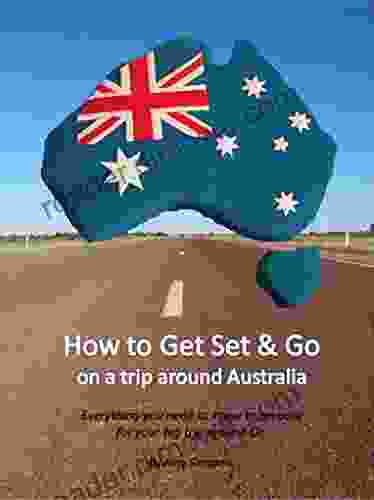
 Shaun NelsonHow To Get Set Go On Trip Around Australia: Your Comprehensive Guide to an...
Shaun NelsonHow To Get Set Go On Trip Around Australia: Your Comprehensive Guide to an...
 Richard SimmonsDrums and Shadows: An Immersive Literary Odyssey into the Rhythm of Africa
Richard SimmonsDrums and Shadows: An Immersive Literary Odyssey into the Rhythm of Africa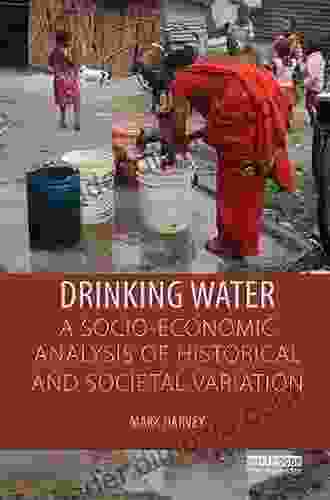
 Andrew BellSocio Economic Analysis Of Historical And Societal Variation: Unveiling the...
Andrew BellSocio Economic Analysis Of Historical And Societal Variation: Unveiling the...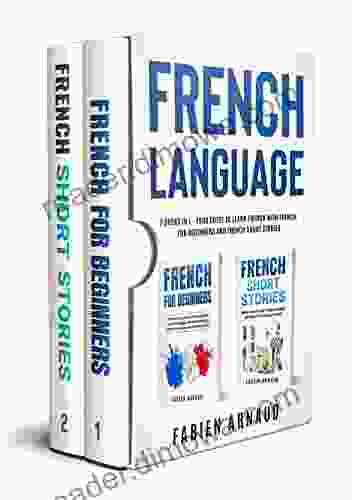
 Herman MelvilleIn Your Guide To Learn French With French For Beginners And French Short...
Herman MelvilleIn Your Guide To Learn French With French For Beginners And French Short... Jacob HayesFollow ·7.1k
Jacob HayesFollow ·7.1k Oliver FosterFollow ·19.3k
Oliver FosterFollow ·19.3k Hugh ReedFollow ·9.4k
Hugh ReedFollow ·9.4k Jack ButlerFollow ·9.3k
Jack ButlerFollow ·9.3k Jamison CoxFollow ·4.4k
Jamison CoxFollow ·4.4k Jorge AmadoFollow ·18.9k
Jorge AmadoFollow ·18.9k Nathan ReedFollow ·7.2k
Nathan ReedFollow ·7.2k Stan WardFollow ·2.9k
Stan WardFollow ·2.9k

 Justin Bell
Justin BellBedtime Story in English and American Sign Language: A...
Embark on a...

 Eli Blair
Eli BlairUnlock Your Compensation Plan Potential: An In-Depth...
In the realm of sales and network...
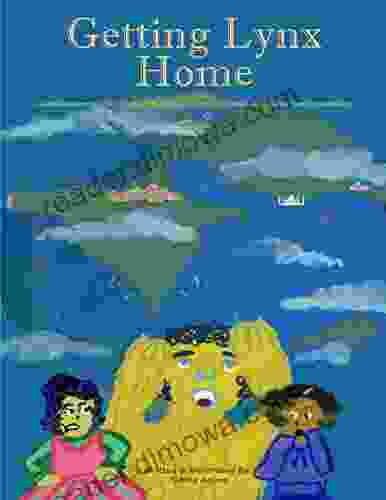
 Asher Bell
Asher BellAn Adventurous Tale Filled With Architectural Cultural...
Prepare yourself for an enthralling...
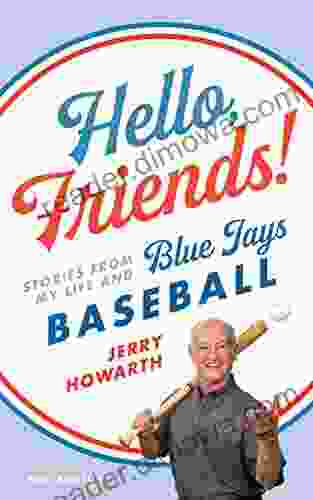
 Jeremy Mitchell
Jeremy MitchellStories from My Life and Blue Jays Baseball
By Paul Beeston In...

 Tim Reed
Tim ReedDiscover the Hidden Culinary Gems of New York City with...
Embark on a Culinary Adventure through the...
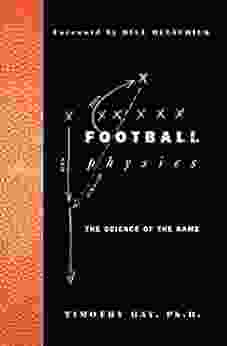
 Natsume Sōseki
Natsume SōsekiFootball Physics: Unlocking the Secrets of the Beautiful...
Football is a game...
5 out of 5
| Language | : | English |
| File size | : | 838 KB |
| Text-to-Speech | : | Enabled |
| Screen Reader | : | Supported |
| Enhanced typesetting | : | Enabled |
| Word Wise | : | Enabled |
| Print length | : | 218 pages |


